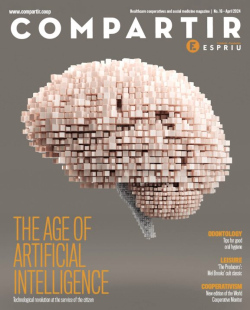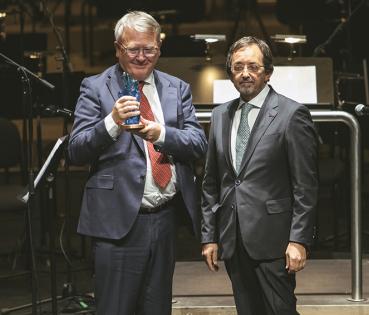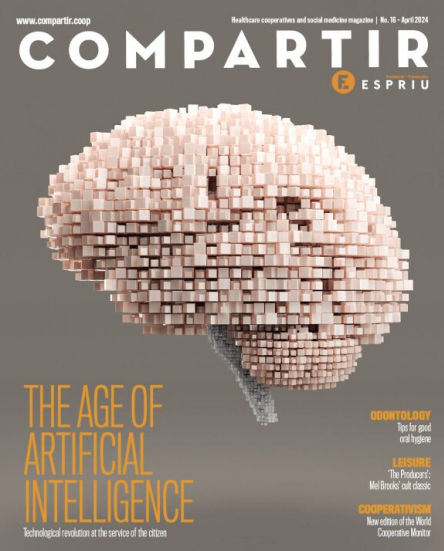
New edition of the World Cooperative Monitor
What is the social and economic impact of cooperative enterprises worldwide? The World Cooperative Monitor aims to provide an answer to this question.
The World Cooperative Monitor is a study published each year jointly by the International Cooperative Alliance (ICA) and the European Research Institute on Cooperative and Social Enterprises (Euricse).
2023 edition, published on 25 January, compiles economic and social data on hundreds of cooperative enterprises and draws up a ranking according to their business volume. The 300 cooperatives with the highest turnover in the world accumulate a total of 2.4 billion dollars, an increase of 11% on the previous year.
At the top of this ranking is the French financial and insurance group Crédit Agricole and the German multinational REWE. The institutions linked to the Fundación Espriu, which consolidate their figures for this study, are in 205th place.
What have been the main conclusions?
The study also draws up a sectoral ranking, based on the main activity of the cooperatives analysed. In the healthcare sector, the Fundación Espriu is in third place in terms of turnover, behind the Brazilian doctors’ cooperative Unimed and the US-based Health Partners users’ cooperative.
The Monitor’s ranking according to the economic status of the countries where the cooperatives analysed operate is also of interest. Considering the per capita income of the countries, the study compares the relative size of the enterprises in their own context. Two Indian companies stand out at the top of this ranking: the agricultural holding company IFFCO and the livestock company Gujarat Milk.
Looking at the economic sector in which the 300 largest cooperatives operate, 35% belong to the insurance sector and 32% to the agri-food sector. Geographically, 55% are located in Europe, 32% in America and 13% in Asia.
Identity in large cooperatives
More qualitatively, the Monitor takes a closer look at the cooperative identity of large enterprises, and examines the veracity behind some of the criticisms about the difficulties that large cooperatives have in maintaining the participative dynamism of cooperative members.
The report also compiles a wealth of evidence on how large cooperatives explicitly maintain and communicate their cooperative identity, and how this is reflected in concrete benefits that bring added value to cooperative members when compared to the consumer or worker in a classic enterprise.
The full report can be found at the following link.


